Beautiful Valletta
Malta is a small island country in Europe
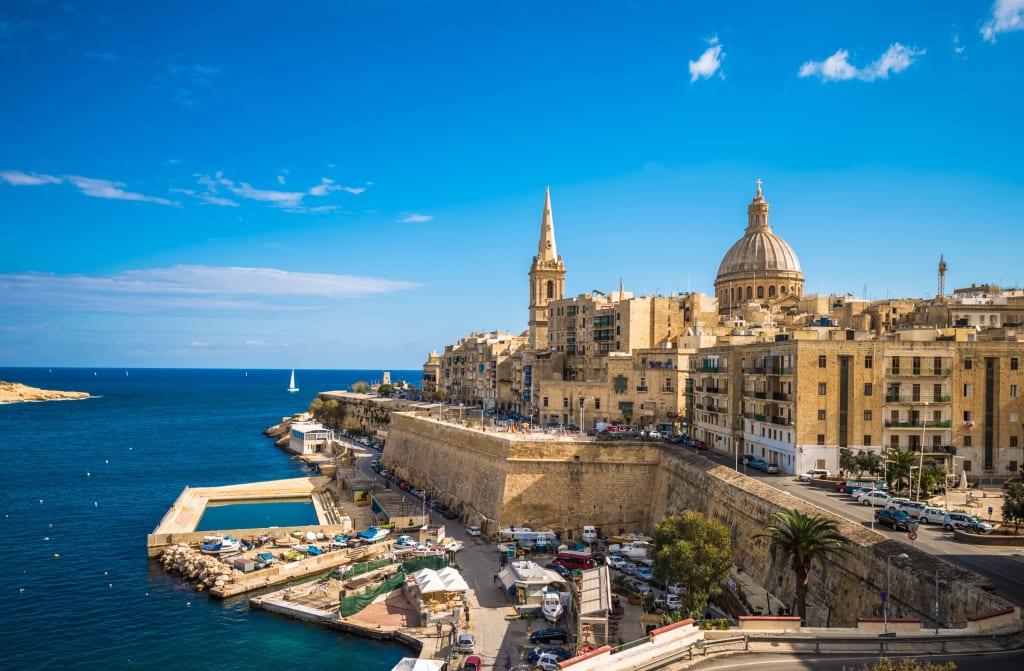
Malta is a small island country officially known as the Republic of Malta. It comprises an archipelago of a few islands in the Mediterranean Sea and is 80 km to the south of Sicily which is part of Italy, 284 km to the east of Tunisia, and 333 km to the north of Libya, both of these countries are in Africa.
Valletta is known as The Fortress City, Citta’ Umilissima – “a city built by gentlemen for gentlemen”. It is a UNESCO World Heritage site. It has one of the grandest harbors in Europe overlooking the Mediterranean Sea. This city is the administrative and commercial heart of the islands of Malta. It was named after its founder, the respectable Grand Master of the Order of St. John, Jean Perisot de la Vallette. Here the old mingles with the modern and Valletta has been honored with many different titles such as a Baroque masterpiece and a European Art City.
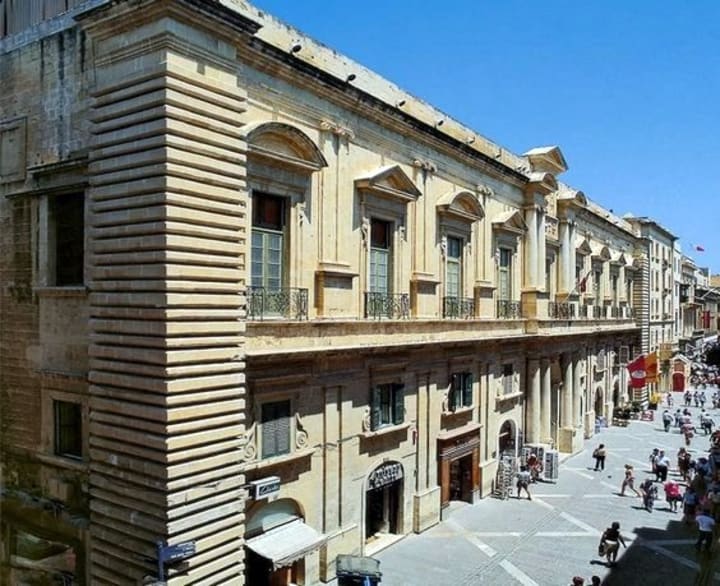
Looking at The National Museum of Archeology you will enjoy seeing artifacts from the island's unique prehistoric periods starting from 5200 B.C. In the first rooms, you can see on display man’s early settlement on the Malta islands up to the temple-building periods making use of a reconstruction of a rock-cut tomb. This collection includes obsidian cores and the Red Skorba figurines. In the main hall are temple carvings and representations of temple models, animals, and impressive human figures. Of special interest are the figures of the “Sleeping Lady” from the Hypogeum and the “Venus” of Hagar Qim. In the last room are displays of pottery from the temple period as well as beads, tools, and other ornaments.
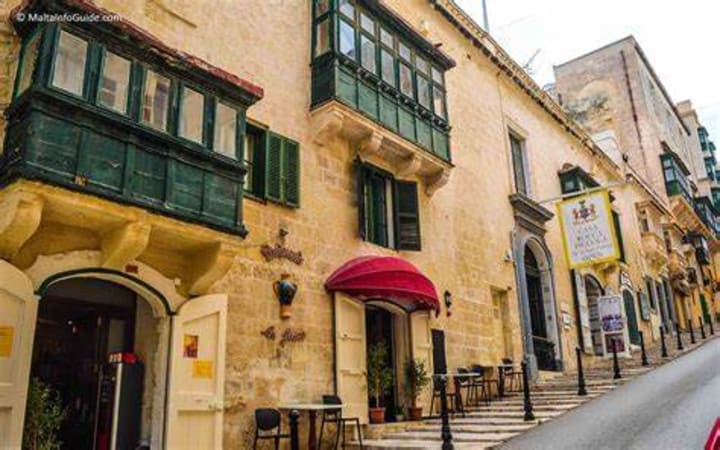
A thing of beauty is Casa Rocca Piccola which is a lovely palace and the only private property that is open to the public in Valletta. It was built in the 16th century for Don Pietro La Rocca who was a Knight of Malta. Today it is the ancestral home of the 9th Marquis de Piro and his family. Visitors can delight in seeing twelve palatial rooms that include two Dining Rooms one for the winter and one for the summer. There is also the Four Poster Bedroom and a private Family Chapel. The things that people most like to explore are the underground passages and tunnels that were cut out of rock over the palace’s 400-year history. One tunnel leads to an enormous cavern that was once used as a shelter in WW II and could make room for more than 100 people. Another tunnel ends in a small room to be used as a private family shelter.
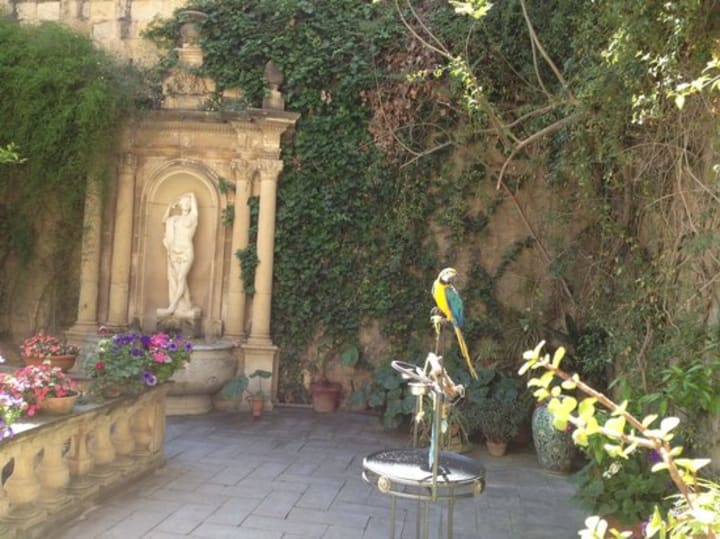
There is a lovely walled garden.

The Grandmaster’s Palace is an important cultural monument standing at the center of Palace Square. This Baroque palace dates from the 16th century. Part of this building serves as the Office of the President of Malta and as the House of Representatives. The rest of the building is open to the public as a museum.
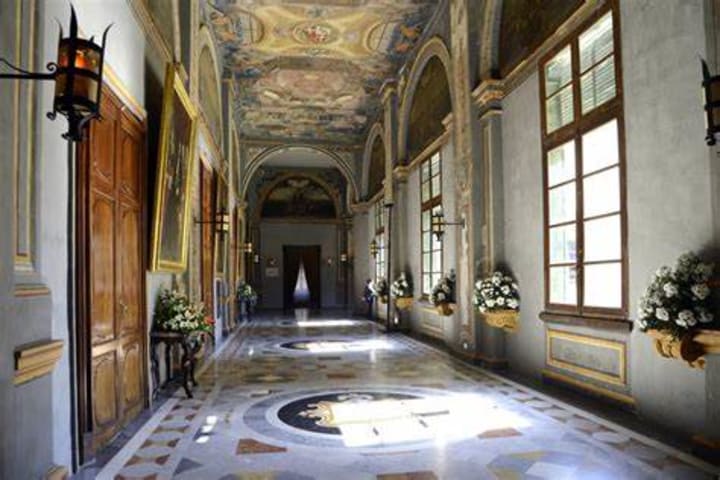
The Palace State Rooms are decorated with artwork and gilded moldings.
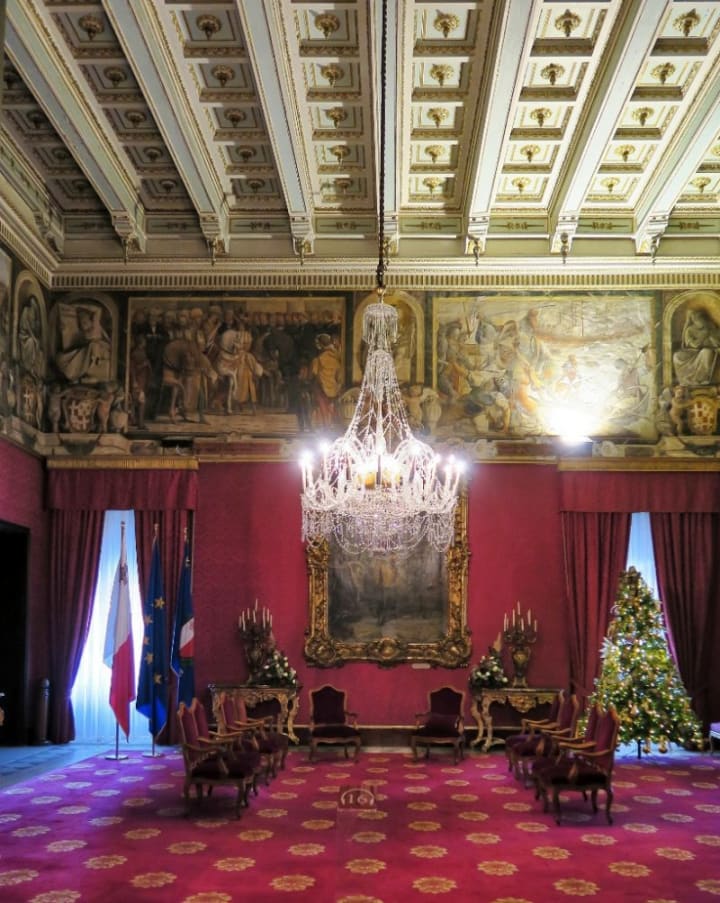
The Hall of the Ambassadors is also referred to as the “Red Room”. Along the walls are portraits of the Grandmasters, who led the Knights to victory. Among the paintings is one of Grandmaster Jean de Vallette, founder of the city.
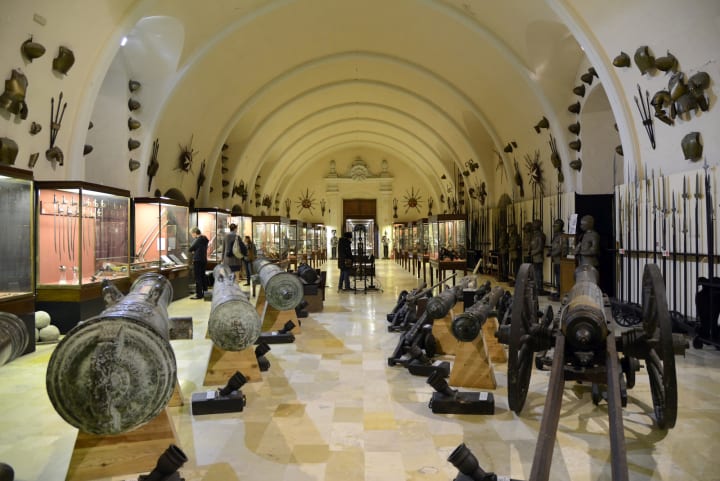
The Palace Armory has displays of armor and weapons from the 15th to the 18th century.
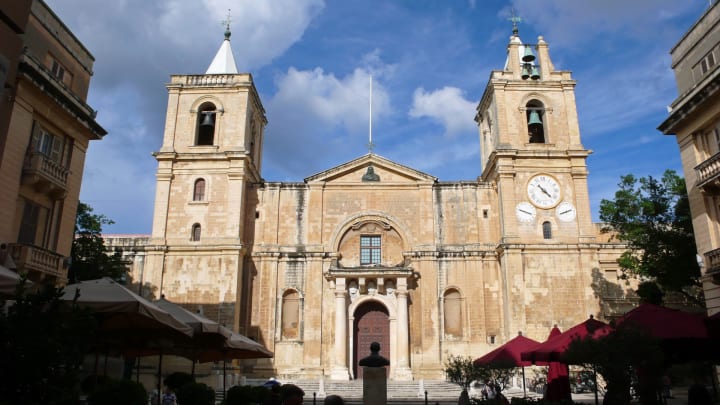
A very fine example of Baroque architecture is St. John’s Cathedral which was built by Maltese military architect Gerolamo Cassar. Here you can see Mattia Preti’s intricately carved stone wall designs. Of special interest are the painted vaulted ceiling and side altars with painted scenes of the life of St. John. This cathedral was a shrine to the Knights of Malta and many sons of European noble families from the 16th to the 18th centuries are buried here. There are intricate, marble-inlaid tombstones. This is also the final resting place of the founder of Valletta, Grand Master Jean Parisot de la Vallette.
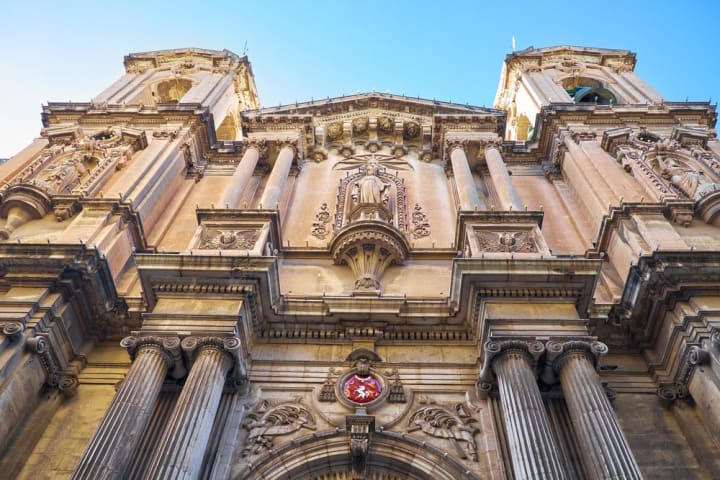
Collegiate Parish Church of St. Paul’s Shipwreck was constructed in 1609 but was unfortunately demolished in 1639. The new church built here was planned by Bartolomeo Garagona. The church façade was rebuilt in 1885, designed by Nicola Zammit. St. Paul is looked upon to be the spiritual father of the Maltese. His shipwreck is thought to be the greatest event in the nation’s history and that is the reason that St. Paul’s Collegiate Church is of such importance in Malta. Here you can see such fine works of art like the impressive altarpiece created by Matteo Perez d’Aleccio, the choir, and dome of Lorenzo Gafa, paintings by Attilio Palombi and Giuseppe Cali and the titular statue of Malechiorre Gafa. On display is also the right wrist bone of St. Paul and part of the column upon which St. Paul was beheaded in Rome, Italy.
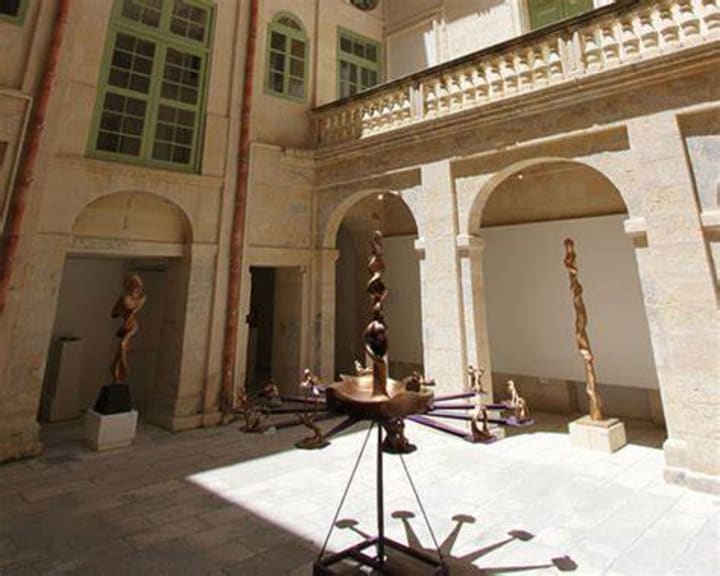
The National Museum of Fine Arts MUZA displays art in the majestic palace, the Auberge d’Italie. It was originally inhabited by the Knights of Malta. The museum displays Maltese artwork from the 12th century to the 20th century. Other artworks on display are by other European artists.
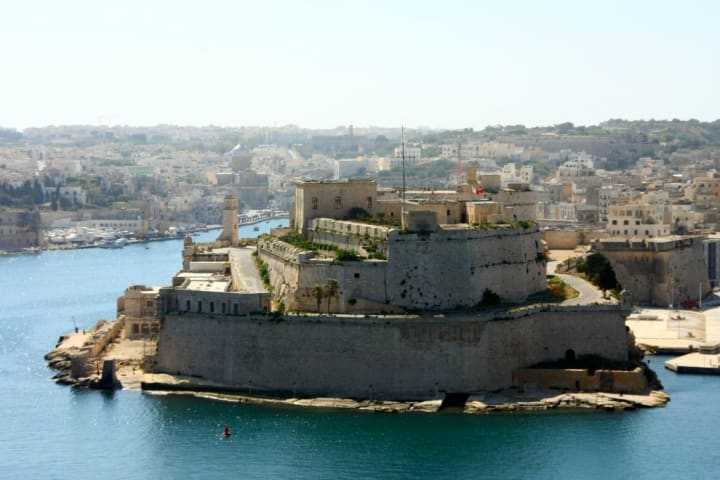
Fort St. Elmo stands guarding both Grand and Marsamxett Harbors. This was the place where a heroic defense happened during the Great Siege of 1565. This fort was built as protection from Ottoman attacks. It was finally captured resulting in the loss of 1500 knights and local defenders. After the siege, the Knights rebuilt Fort St. Elmo.
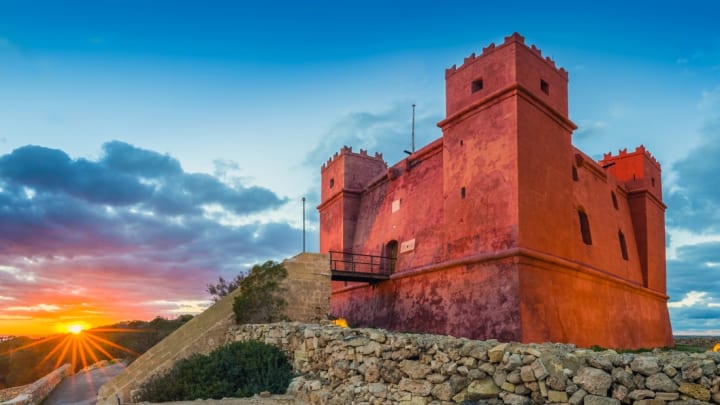
St. Agatha’s Tower is also known as the Red Tower and was built by Grand Master Lascaris in 1647. When it was constructed it was the furthest outpost from Valletta and was a signal post for communication with Gozo. At one time it was the main defensive position of the Knights and had a cannon and a 30 men garrison. The entrance to the Red Tower has a flight of stairs that are separated from the door by a drawbridge. The tower is square with four corner towers and the outer walls have small windows.
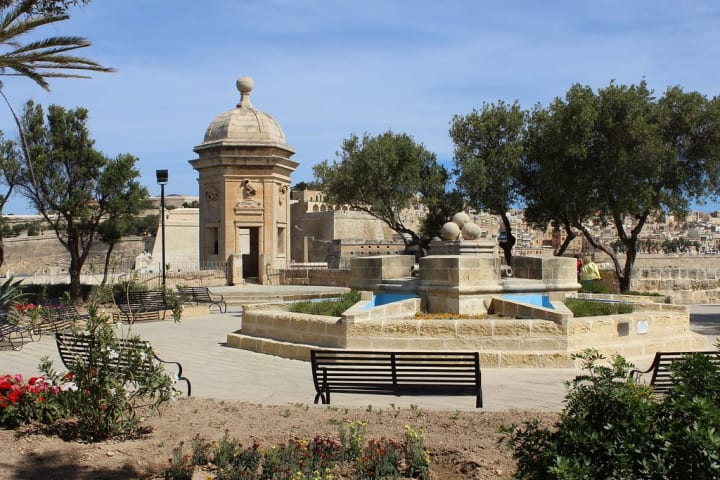
The Gardjola Gardens in Senglea were constructed on a grid pattern by the order of Grandmaster De La Sengle in 1551. Here you can get panoramic views of the docks in Marsa, Valletta, the entrance to the Grand Harbor, and Fort St. Angelo. You can see the sentry box on the tip of the bastion upon which different symbols of watchfulness have been sculpted like the eye, the ear, and a crane bird. There is an inscription in Latin that assures residents of the harbor area to rest easy as the tower stands guard against all hostile forces that might approach the shores of Malta. You can also relax and stroll here.
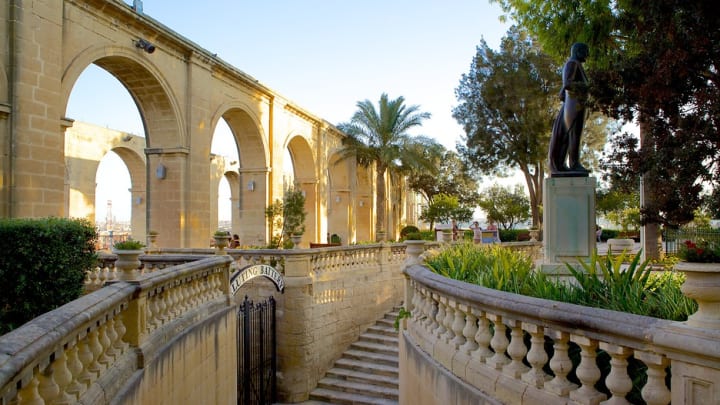
The Upper Barrakka Gardens encircle part of the old fortifications that were built on the highest point in Valletta. These are beautiful tree-shaded gardens with fountains, flowerbeds, rows of archways, and statues of prominent historical figures like Winston Churchill.

. Below the gardens is the Saluting Battery lined with military cannons. This space is now used for ceremonial events and outdoor weddings. At noon each day. a traditional Gun Salute ceremony takes place.
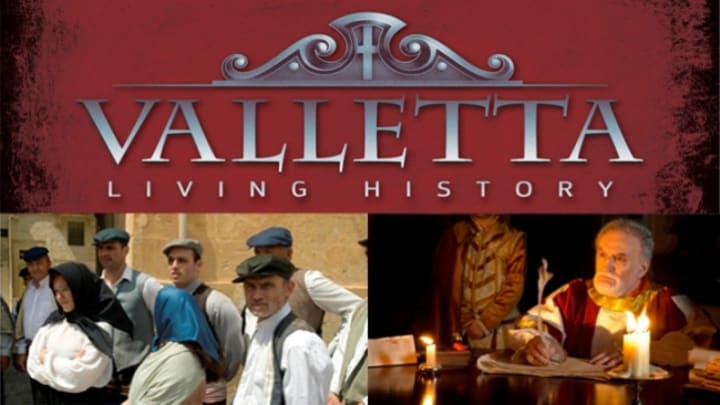
One of the most spectacular tourist attractions is Valletta Living History. This is a must-see attraction for all visitors to Valletta. It is an action-packed docudrama that shows the history, culture, and lifestyle of Malta and its residents. It is all shown on a large screen and starts off with Valletta as bare rock and takes one through all of the history of the islands. There are dramatic interpretations of the Great Seige, the French and British occupations, and rare archive footage from WW II to present-day Malta. It is a wonderful way to learn about this country and discover all that there is to see. It is offered in English, French, Italian, German, Swedish, Russian, Spanish and Japanese.

While you’re visiting Malta take the time to also visit some of the surrounding towns which are so very lovely and interesting. Right between the old and new capitals of Mdina and Valletta, you’ll find Santa Venera. Here the Wignacourt aqueduct was built in 1615 to offer drinking water for Valletta. Today you can still see large parts of this aqueduct. Of special interest here is Casa Leone and the Romeo Romano Gardens.
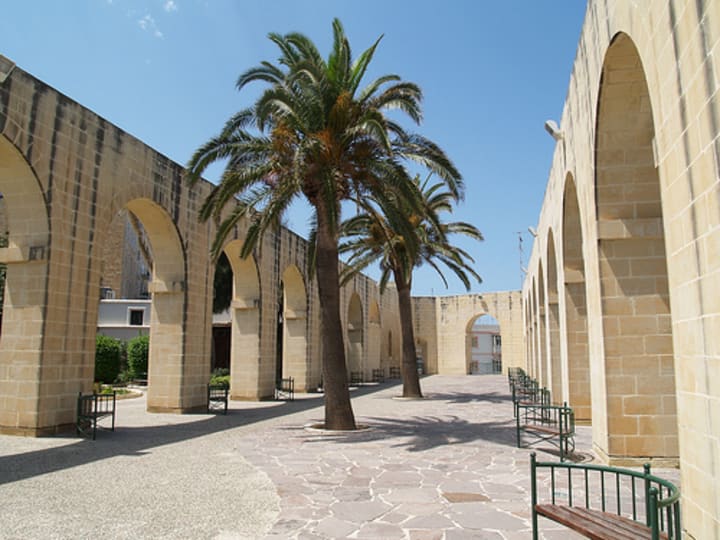
Another town Tal Pieta has two sides to it. The older part by the water and the newer development of Gwardamanga built on the steep hill between Tal Pieta and Msida Creeks. This is a most charming town and is an inlet of Marsamxett Harbor. Here you can see colorful fishing boats as well as ferries. Tal-Pieta takes its name from the Church of Our Lady of Sorrows, a late 16th-century Maltese village church. Here you can see wonderful views of Valletta’s fortifications.
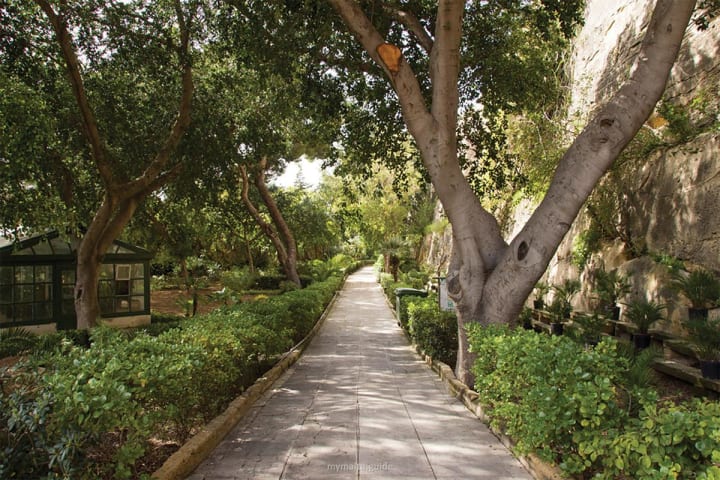
Opposite Tal Pieta is Sa Maison Garden where you can relax in the shade on hot summer days.
About the Creator
Rasma Raisters
My passions are writing and creating poetry. I write for several sites online and have four themed blogs on Wordpress. Please follow me on Twitter.
Enjoyed the story? Support the Creator.
Subscribe for free to receive all their stories in your feed. You could also pledge your support or give them a one-off tip, letting them know you appreciate their work.


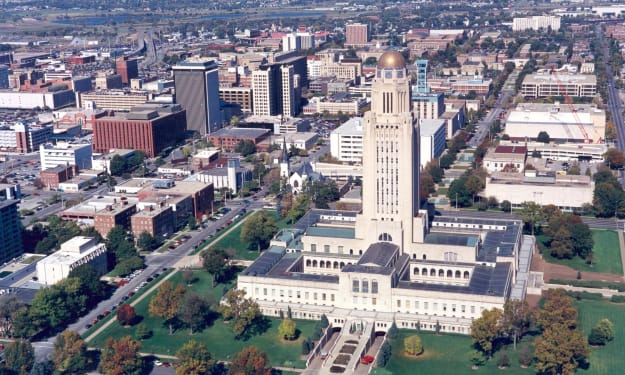

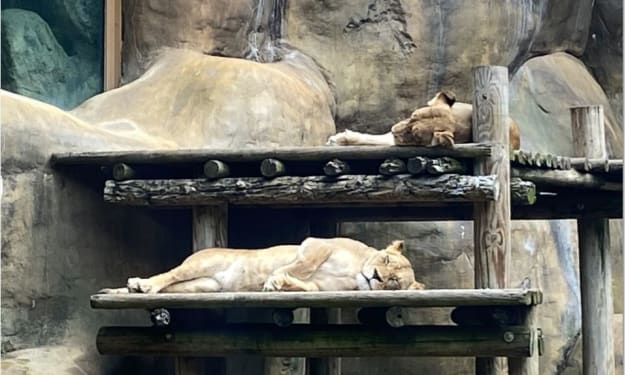

Comments
There are no comments for this story
Be the first to respond and start the conversation.